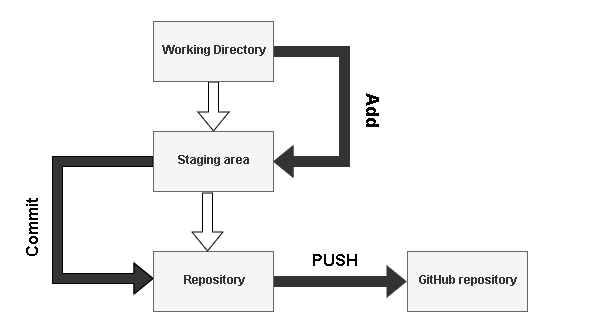
Working with Git components in Azure Data Studio
July 9, 2020This article gives an insight into the terms in the Git repository of Azure Data Studio. In the previous articles, we learned the following things:

This article gives an insight into the terms in the Git repository of Azure Data Studio. In the previous articles, we learned the following things:
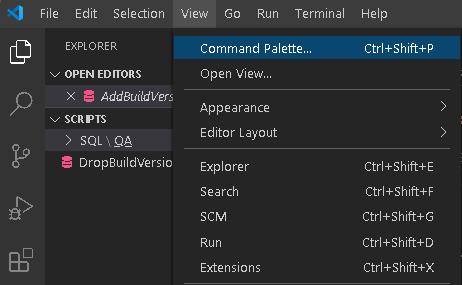
Visual Studio Code is a popular text editor or code editor to write queries and codes for developers. It is popularly known as VS code. It can highlight and format the code for quick development and understanding purposes.

Deleting and updating data is very common, but if performed without taking care, which could lead to inconsistent data or data loss. Today, we’ll talk about SQL best practices when performing deletes and updates. We’re not talking about regular/expected changes, but rather about manual changes which will be required from time to time. So, let’s […]
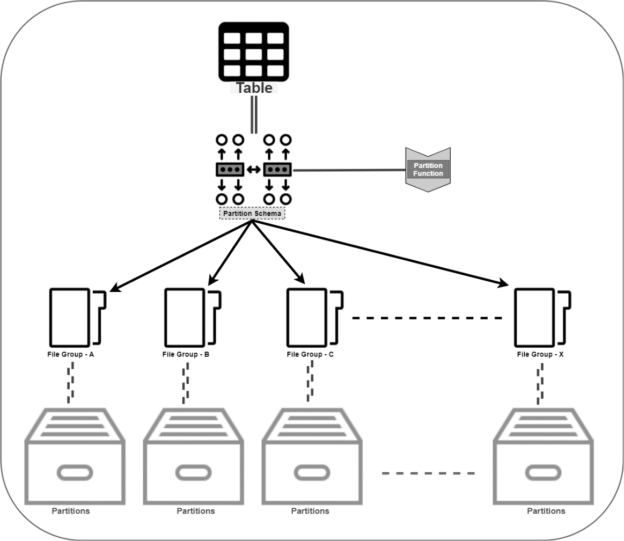
In this article, we will demonstrate specific ways to automate table partitioning in SQL Server. This article aims to help you avoid manual table activities of partition maintenance by automating it with T-SQL scripts and SQL Server jobs.
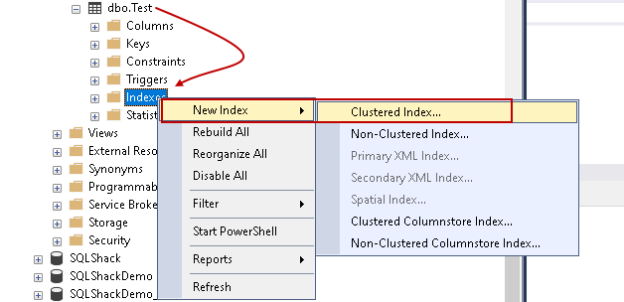
This article gives you an insight into SQL Server Index properties in SSMS.
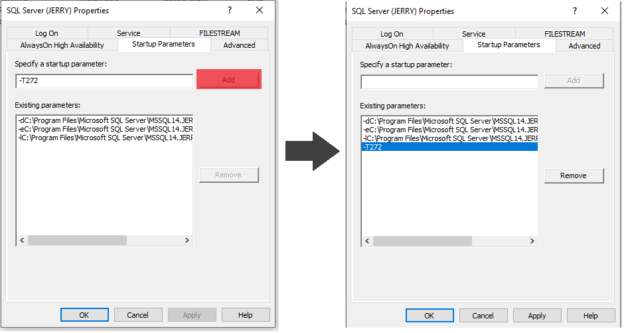
In this article, we will examine the Identity Cache feature and the identity jump issue. Sometimes we see that identity jumps by some specific or random value in the auto-incremental columns, which is known as the identity jump issue. Usually, it occurs when the SQL Server instance is being forced to restart. This skipped gap […]
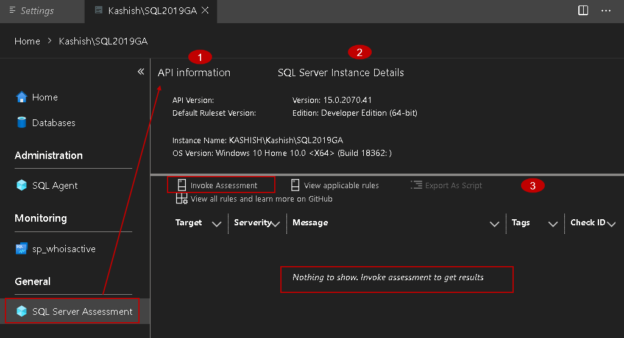
Azure Data Studio extensions enable adding new functionality for development and administrative tasks. It is an open-source functionality and allows Microsoft as well as third party extensions using Marketplace. We explored a few useful extensions in the Azure Data Studio category of articles.
As tracking behavioral data becomes increasingly popular, firms may overlook areas where they can collect the same information while data masking details that can be used in a compromise. Behavioral data collection can be extremely dangerous as it allows attackers a wide range of attacks, from spoofing targets to automating custom attacks on targets. Since […]
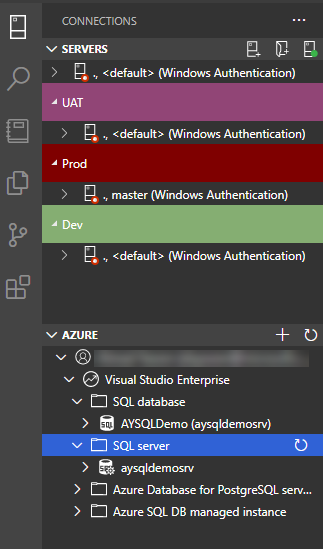
In the previous articles listed below, we went through the Azure Data Studio tool, starting from the installation procedure, showing the purpose of each component, how to organize your connections, and develop the different types of SQL Server database objects using the interactive query editor in that data studio.
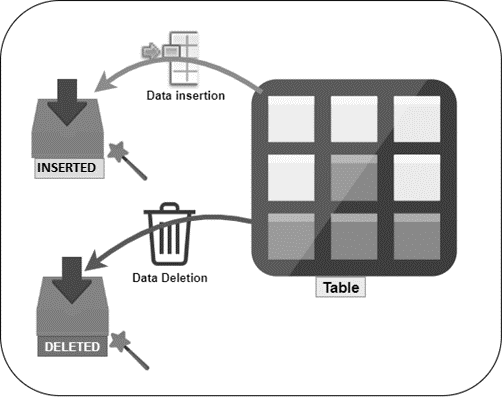
There are Magic Tables (virtual tables) in SQL Server that hold the temporal information of recently inserted and recently deleted data in the virtual table. INSERTED and DELETED are two types of magic tables in SQL Server. An INSERTED magic table is populated with INSERT and UPDATE operations and DELETED magic table is populated with […]
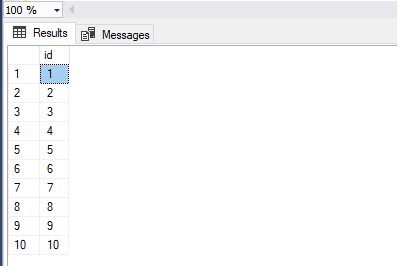
In this article, we will ensure that the execution of the SQL Server procedure inside the function is possible. A common understanding of the database developer is that the procedure cannot be utilized or executed inside a user-defined function because the user-defined function does not allow performing DML operation with the table. The procedure is […]

SQL Server cursors are one common topic on the Internet. You’ll find different opinions when to use them and when not to do it. Today, we’ll also talk about them and answer the question when (not) to use them.
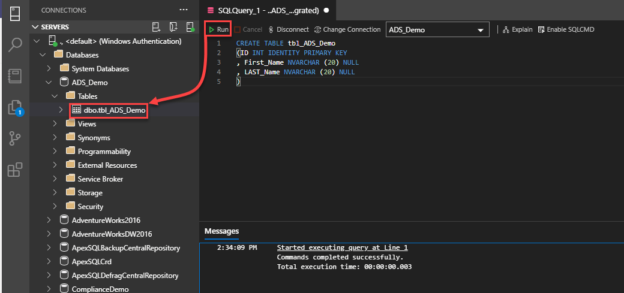
In the previous article, Starting your journey with Azure Data Studio, we put the first stone that helps you to be familiar with the Azure Data Studio and start using it to interact with your database objects.
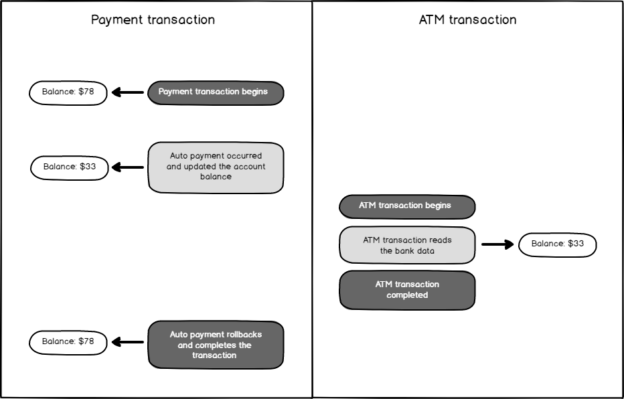
In this article, we will discuss the Dirty Read concurrency issue and also learn the details of the Read Uncommitted Isolation Level.

This article gives you an overview of Logon triggers in SQL Server and its usage to control SQL Server authentication.
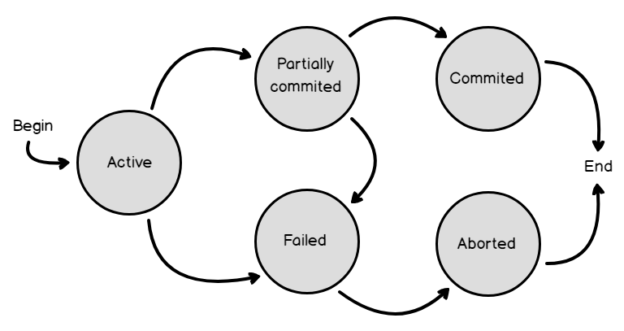
In this article, we will explore the process of rollback an explicit SQL Server transaction. We will also explore the difference between explicit and implicit transactions.
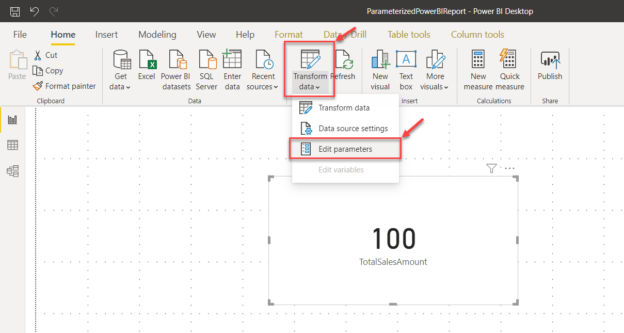
In this article, I am going to explain how we can develop parameterized Power BI reports locally and then migrate the same report across multiple environments, like development, QA, and production. Parameterized Power BI reports are essential because we can use the same report to develop the charts and the KPIs and then provide the […]
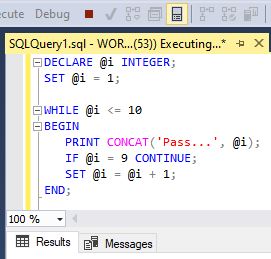
Loops are one of the most basic, still very powerful concepts in programming – the same stands for SQL Server loops. Today, we’ll give a brief info on how they function and introduce more complex concepts in upcoming articles of this series.
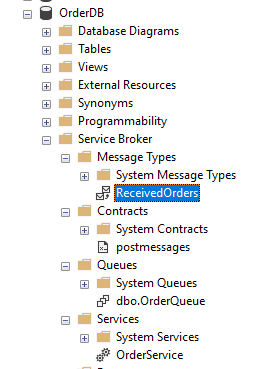
Introduction In the real-world implementation of SQL Server of an enterprise system, it always needs to implement data in multiple databases. In most of the cases, a single transaction will span across multiple databases. If there are multiple databases, there will be performance issues and implementation issues during the cross-database transactions. However, with the use […]
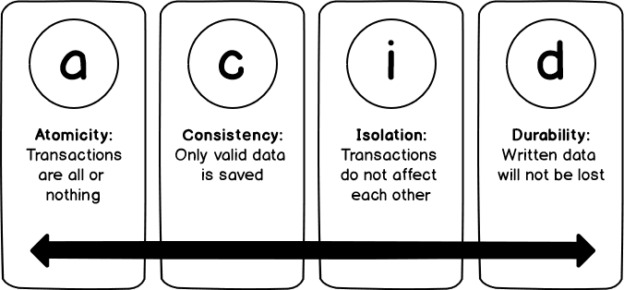
This article gives you an overview of Unique Constraints in SQL and also the Unique SQL Server index. Along the way, we will look at the differences between them.
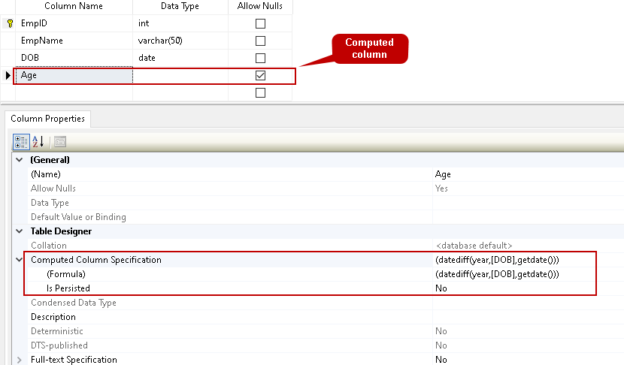
In this article, we will explore computed columns in SQL Server and their configurations.

In this article, we will learn the basics of Parallel Execution Plans, and we will also figure out how the query optimizer decides to generate a parallel query plan for the queries.
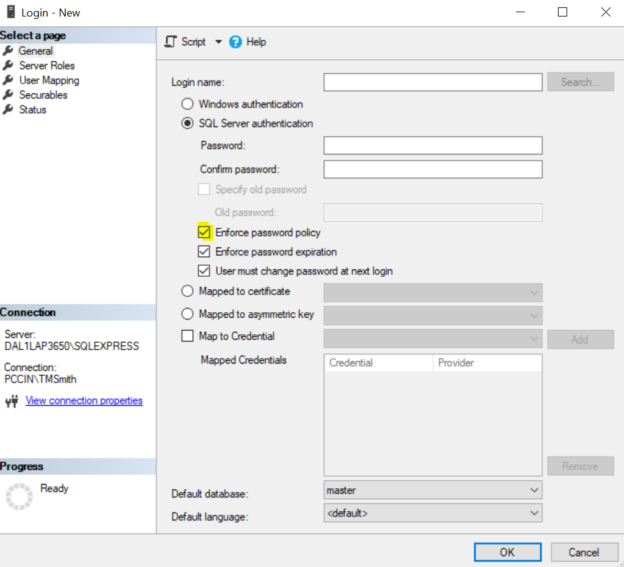
In this article, we’ll look at using the built-in PWDCOMPARE function in SQL Server for security testing passwords. While this tool may seem like it exposes a weakness in Microsoft SQL Server because we can test for passwords, it should be of note that an attacker could do the same attack by attempting to login […]
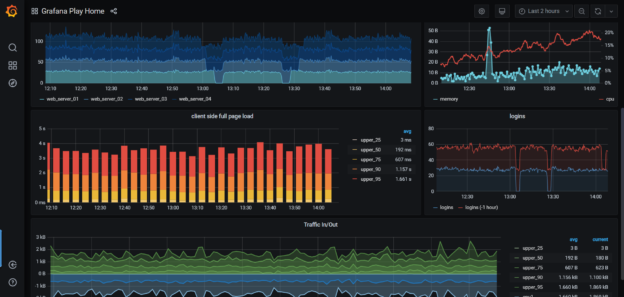
In this article, I am going to demonstrate how to set up Grafana Dashboard for real-time analytics or data monitoring purposes. Grafana is an open-source, cross-platform analytics service tool that can be used to fetch data from several data sources, and then the data can be visualized in a much intuitive way in the form […]
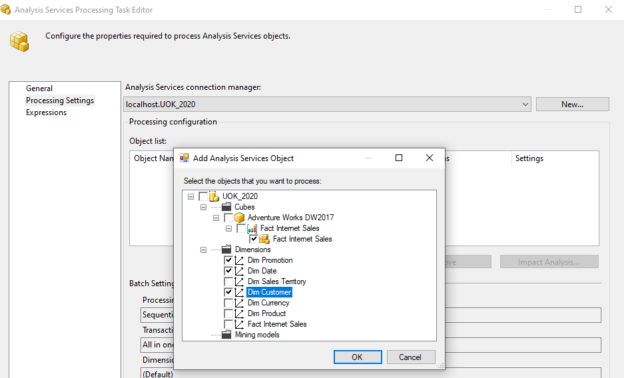
There are different aspects of SSAS Database Management that we will be looked into detail in this article. We will be looking at backup, processing, and synchronization.
© Quest Software Inc. ALL RIGHTS RESERVED. | GDPR | Terms of Use | Privacy